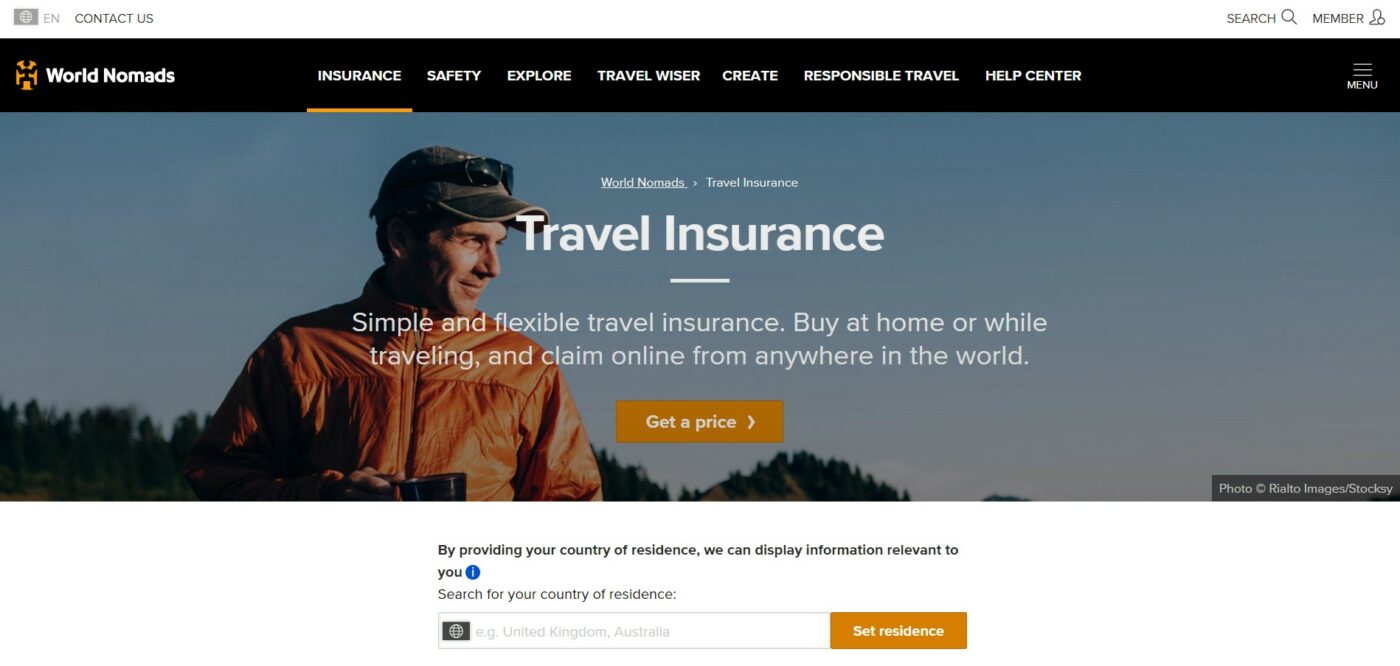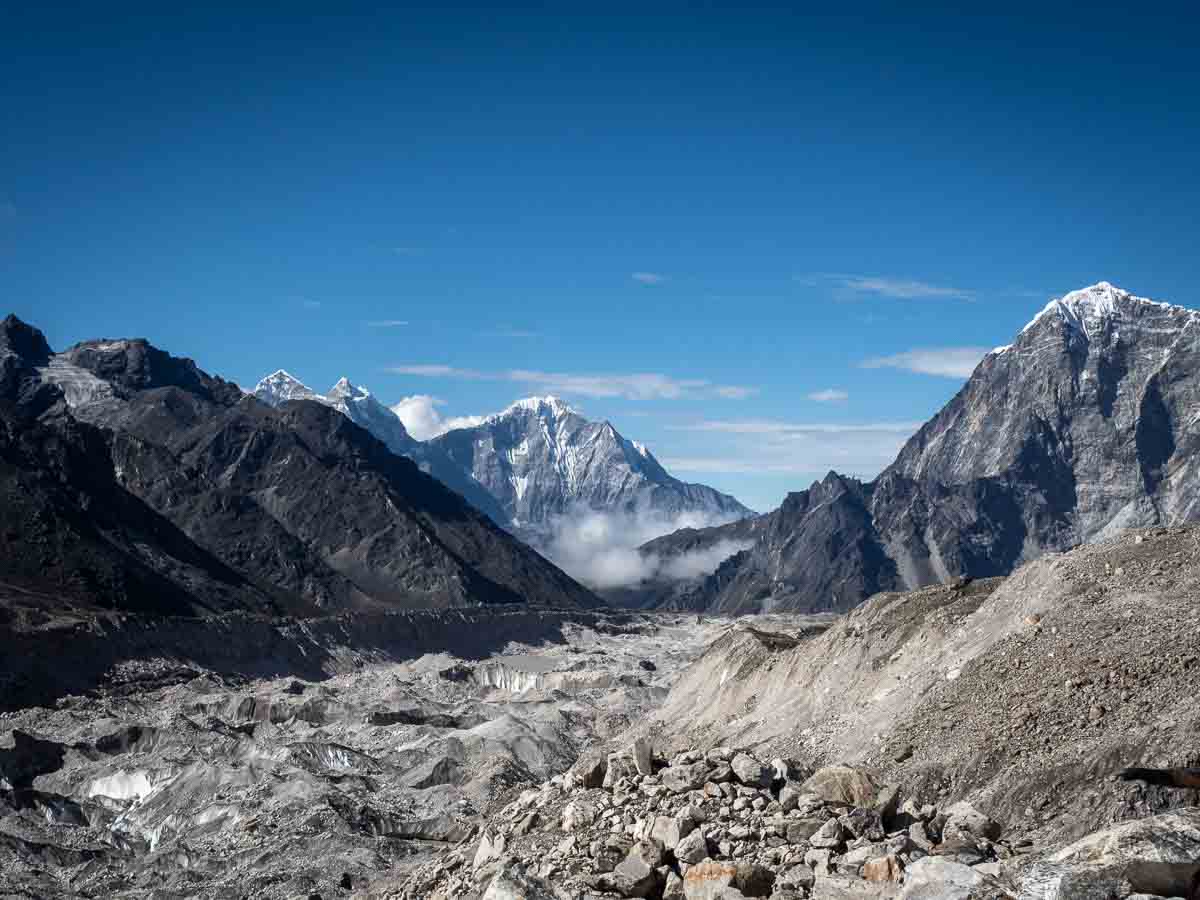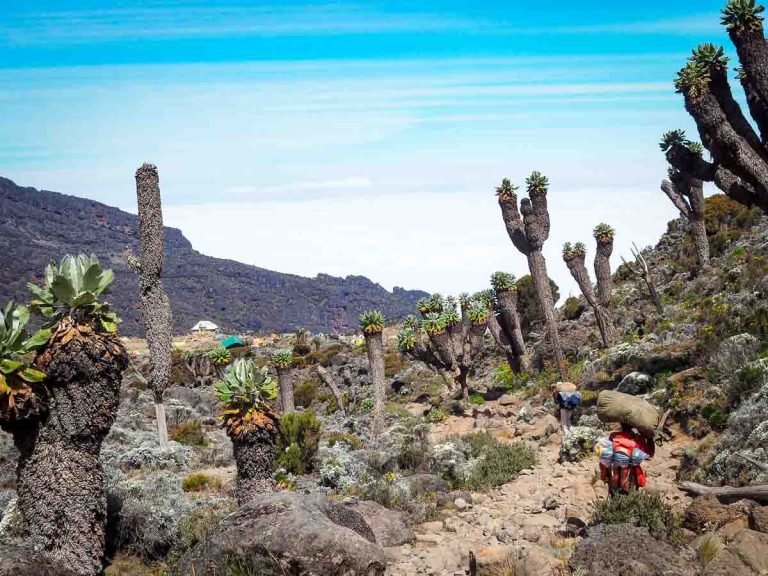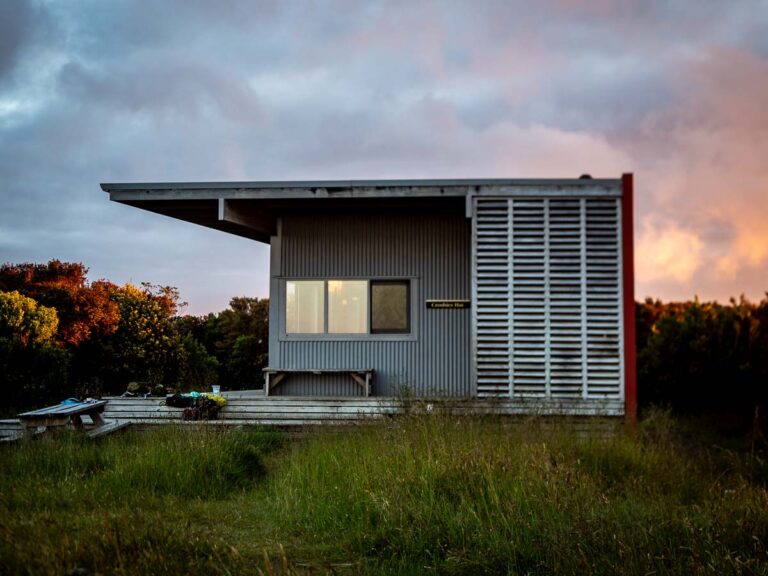The Best Travel Insurance for Everest Base Camp Trekking
When you’re venturing into extreme altitudes like the Everest Base Camp, it’s vital to have the right travel insurance plan.
Most standard travel insurance policies won’t cover you above 4000m (13,000 ft).
On the Everest Base Camp trek you’ll spend at least 6 days above 4000m and reach a maximum altitude of 5,644m (18,519 ft) above sea level.
Any major injury or altitude sickness could result in evacuation by helicopter. A beautiful trip! But costing up to $10,000 USD. And that’s before you consider the medical expenses at the other end!!
In this post, I’ll share the best insurance for Everest Base Camp Trek, along with who I used when doing the hike earlier this year.
In this blog post, I’ll share 6 of the best companies I found. Some I’ve used myself (on various trips), while others are insights and recommendations of people I met during my travels.
1️⃣ World Nomads (Best Overall) [Jump To Review]
2️⃣ Truetraveller (Best if going above 6000m!) [Jump To Review]
3️⃣ Global Rescue [Jump To Review]
4️⃣ SafetyWing (Best for Long-Term Travelers / Nomads) [Jump To Review]
Table of Contents
Everest Base Camp Travel Insurance Considerations
Not all travel insurance policies are created equal, especially for high-altitude treks.
A comprehensive plan will cover you in the case of altitude sickness, unpredictable weather, trips slips and falls, and all other risks in between.
Plus, all the best EBC trekking operators will require proof of insurance before taking you up there.
Here are some key considerations I found crucial.
Altitude Coverage

Everest Base Camp sits at an elevation of 5,364 m (17,598 feet) above sea level, and the quest up Kala Patthar (view point) takes you to 5,644m (18,519 ft) above sea level.
Having coverage that extends up to at least 6,000 meters is essential.
High-altitude trekking comes with unique risks, like acute mountain sickness and other altitude-related conditions. Without the right coverage, you could be left footing a hefty medical bill, not to mention the logistical nightmare of getting proper medical care in such remote areas.
Helicopter Rescue
During my trek we saw multiple trekkers get evacuated by helicopter because of severe altitude sickness.
The cost of a helicopter rescue in the Himalayas can easily run into thousands of dollars.
(The price actually goes up based on how high the rescue takes place at and the number of passengers drops due to the machine is working at the edge of its limits)
Having insurance that covers helicopter evacuation is non-negotiable.
In an emergency, the ability to be airlifted quickly can be the difference between life and death. It’s a sobering thought, but one that reinforces just how important the right coverage is.
Medical Coverage
The right insurance should cover not just basic medical care but also the specific risks associated with high-altitude trekking. This includes coverage for hospitalization or even emergency evacuation to a third country if necessary. Without comprehensive medical coverage, you could find yourself in a precarious situation with limited options for care.
Trip Cancellation and Interruption
The weather in the Himalayas is notoriously unpredictable. Flights to and from Lukla, the starting point of the trek, are often delayed or canceled because of poor visibility. This can throw your entire itinerary off course. Having insurance that reimburses you for disruptions, like illness or other unforeseen circumstances, can save you a lot of stress and money.
Policy Exclusions
It’s easy to skim over the fine print when purchasing insurance, but doing so can lead to unpleasant surprises. Common exclusions might include pre-existing medical conditions, technical climbing, or certain high-risk activities. You wouldn’t want to find yourself on the trek and realize that your policy excludes coverage for helicopter rescues, for example, until it is too late. Knowing exactly what’s covered (and what’s not) ensures you won’t be caught off guard in an emergency.
Duration and Flexibility
Trekking to Everest Base Camp isn’t something you want to rush, and sometimes delays happen. Whether it’s due to weather, health, or simply wanting to spend an extra day soaking in the views, having a flexible insurance policy is key. I made sure my policy allowed for extensions in case I needed more time. This flexibility gave me peace of mind, knowing I was covered no matter how my trek unfolded.
Best Insurance Providers for Everest Base Camp Trek
1. World Nomads (Best overall!)

World Nomads is well-known for its comprehensive travel insurance. Their plans provide robust coverage for medical emergencies, gear protection, and evacuation.
What package you need?
You won’t go wrong with the Explorer Plan. This plan covers you for high-altitude trekking up to 6,000 meters and other extreme activities.
I used World Nomads for my kili trip and paid around $170.
Key Info
2. True Traveller (Best for UK and EU Residents)
And best if going ABOVE 6000m!

True Traveller offers simple, flexible policies that can be customized for trekking at different altitudes. Their Extreme Adventure Pack is ideal for trekkers heading to Everest Base Camp or even higher altitudes, like Mera Peak (6,476 meters).

Interestingly they have a “trekking in Nepal” package that specifically covers base camp!
Key Info
3. Global Rescue (most comprehensive package for Americans)

Global Rescue excels in emergency evacuation and field rescue, making it a premier choice for those who prioritize safety in remote and dangerous environments like the Himalayas.
If you’re an American resident and looking for peace of mind then this service is probably best for you.
(Although you’ll have to pay a premium for it!)
Their ‘field rescue’ service is renowned as one of the best in the industry. They partner with only the best international healthcare facilities. Plus, their travel insurance also includes a Travel Assistance facility where they’ll take on the job of rebooking, rectifying documents and repatriation.
Key Info
SafetyWing (Best for Long-Term Travelers)

This Norwegian-based company offers flexible and affordable coverage for long-term travelers and digital nomads. Their services are subscription-based and cover a wide range of scenarios.
What package you need and pricing
I recommend you subscribe to the Remote Health policy. It doesn’t cover anything above 4,500 meters, but it’s still functional.
The policy costs around $85 per month.
Key Info
Nepal Trekking Cheatsheet
🚑 Should I buy travel insurance for Nepal?
100% YES! — Nepal has now introduceed “free” healthcare but it’s only for citizens! Tourists need travel insurance in case anything happens on your visit. Also be aware many policies won’t cover high altitude hiking as it’s a high risk activity!
(that’s right, check the t&c’s on your complimentary credit card insurance)
I highly recommend World Nomads as you can get specific add-ons for high altitude hiking UP TO 6000m (Which most travel insurance companies don’t offer!)
🎫 Do I need a visa for Nepal?
Probably not — Nepal now provide a visa on arrival (VoA) for most western countires which allows you stay for up to 90 days. However, some other countries do need a pre-approved eVisa (check here!). A single entry 15 day Nepal tourist visa costs USD$30, a 30 day visa costs $50 and a 90 day visa costs $125.
When paying for your visa at the airport, you’ll need either USD or NPR cash.. or a debit card capable of this transaction. For some reason they don’t accept credit cards.
💉Do I need any vaccinations for Nepal?
YES! Make sure you are up-to-date with all your vaccines. Common travel vaccines include Hep A/B + Typhoid, and Diphtheria + Tetanus.
Rabies is an issue in Nepal but the vaccine is expensive and ineffective as a preventative measure (it only lasts a few years and you’ll need to get them again if you require treatment). If bitten by a stray dog seek immediate medical attention! There is however, a rebies vaccination program in the Khumbu region (Everst) so chances of infection are low.
As always, talk to your GP or specialised travel doctor a few weeks BEFORE you leave.
🏩 What’s the best Nepal Trekking companies?
I personally had an amazing excperience with Nepal Hiking Team.
You can read all the operators i reccommend in this article
💸How do you pay for things in Nepal?
Cash is king in Nepal, so you’ll want to get some folding tender out from an ATM when you land. Larger businesses and hotels will take Debit / Credit Card but most resturants, and street vendors want cash.
When trekking, ATMs are few and far between so dont get stuck without cash
I personally use a Wise debit card for all my international money needs as they only convert the funds when you make payment, plus they offer a much better spread (margin on the true exhange rate) than the banks do. They work in all the Nepalese ATMs I tried.
🚌 What’s the public transport like in Nepal?
There is a good basic network of local and inter-city busses in Nepal and travel this way is very cheap. Domestic flight are also very affordable and a far more comfortable option. Checkout Bussewa for booking bus tickets online.
📲 How do I get internet/data/wifi in Nepal and while trekking?
This one needs a whole nother article, but the short version is prepaid SIM cards are cheap and availible to tourists and locals alike (You don’t need a pricey tourst SIM!)
I got an Ncell SIM card from a vendor in Thamel, Kathmandu for around $10 and this lasted me my whole trip.
NB: Make sure to bring your passport!
Another option is an Airalo eSIM. This is a little more expensive but works from the moment you land is is SOOOOO much easier than the in person verification process required for a local sim.
✈️ What’s the best site to buy flights to Nepal?
For finding cheap flights, I recommend Skyscanner. Once you find the flight you’re looking for, I’d then suggest booking directly with the carrier (even if it costs a few $$ more than with one of the agreggators/agencies).
💧Can you drink the water in Nepal?
Safest not to — tap water in Nepal may be OK (the locals drink it) but is generally untreated and not reccommended for tourists. Purchase bottled water for drinking and teeth brushing, or get water purification tablets.
🏔️💧Can you drink the water while trekking in Nepal?
Yes — but make sure to purify it first. I always use these Aquatabs
There are lots of taps and water sources along the trek. (your guide will show you). And buying bottled water in the mountains is extremely expensive. If you want to drink water from the rivers and streams you generally can but ALWAYS follow best practice and drink from fast flowing water as far up stream as possible. I’d also recommend a Brita Water Bottle for rehydrating on the trail safely.








Most standard travel insurance policies won’t cover you above 4000m (13,000 ft).
On the Everest Base Camp trek you’ll spend at least 6 days above 4000m and reach a maximum altitude of 5,644m (18,519 ft) above sea level.
Any major injury or altitude sickness could result in evacuation by helicopter. A beautiful trip! But costing up to $10,000 USD. And that’s before you consider the medical expenses at the other end!!